A pipe anchor is a type of pipe support that is used to control pipe movements by fixing the pipe with secondary civil structures. Piping anchor supports are very important in piping and pipeline systems. The complete thermal behavior of the piping system is decided by the location of the pipe anchor supports. For proper control of thermal expansion and contraction, there is no alternative to pipe anchors. In this article, we will try to understand the basics of pipe anchor supports.
Types of Pipe Anchors
Depending on the restriction pipe anchor supports provides to piping at the support location, they are classified into two groups:
- Fixed pipe anchors or Full anchors, and
- Directional pipe anchors.
Fixed Pipe Anchors
As the name suggests, Fixed pipe anchors fix the pipe at that location. We all know that a point in space has six degrees of freedom. Three in the translational direction and three in the rotational direction. Fixed pipe anchors restrict the pipe from moving in all six directions. In actual applications, the pipe at that location is either directly welded or bolted to the support beam so that the pipe can not move in that location. As the pipe is fully restricted at this location depending on the piping configurations forces and moments in all six directions will be generated. So, these types of pipe anchors must be designed considering forces and moments from all directions. Fixed pipe anchors are rarely used in piping systems. Usually, they are preferred for high vibration-prone lines, near pressure control valves, blowdown valves, locations where thrust force can generate, etc.
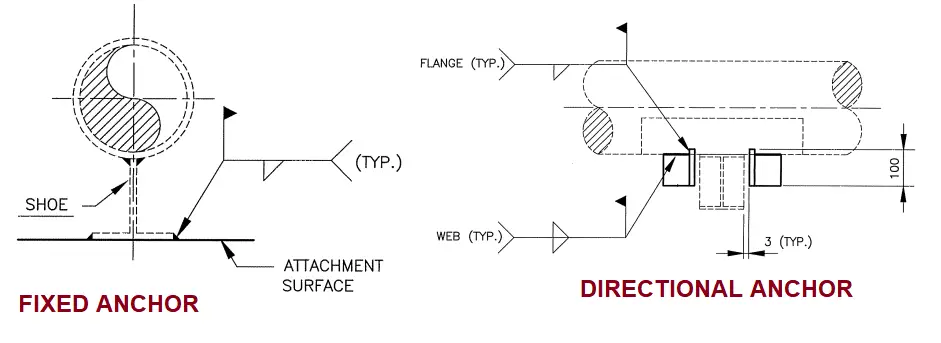
Directional Pipe Anchors
Directional pipe anchors arrest the movement only in the pipe longitudinal direction. In all other directions, piping directional anchors allow movements. They are also popularly known as line stop supports, axial stop supports, or limit stops. These types of supports usually experience only vertical and axial forces and are easier to design. In pipe and pipeline systems, pipe directional anchors find wide applications. One of the most widespread applications of directional pipe anchor supports is in the design of expansion loops. On either side of the pipe and pipeline expansion loops, one line-stop support is provided.
Locating Pipe Anchors
Deciding the locations of pipe anchors are very important. The best location to use anchor supports is at the neutral points of piping and pipeline configurations. Locating pipe anchor supports near-neutral points will provide the lowest thermal loads. However, it is not always possible to locate piping anchors at the neutral point. So, depending on the requirement, these supports must be judiciously located to safeguard the pipe system.
Functions of Pipe Anchors
Piping anchor supports in a piping and pipeline system usually serve the following purposes:
- It helps in the proper distribution of pipe thermal displacements.
- It provides sufficient rigidity to the piping system to avoid the damaging effects of vibration.
- It safeguards the pipes from detrimental seismic, wind, and other dynamic events.
- Pipe anchors are extensively used to absorb thrust forces, PSV reaction forces, Slug and Surge forces, etc.
- It helps in equipment nozzle load qualification by limiting pipe movements to the equipment.
- Pipe anchors help pipe stress engineers in pipe system breaking. So, the whole plant can easily be broken down into a number of smaller systems, thus helping the stress engineers in easy handling and analysis.
- Pipe anchors are also used for scope demarcation between vendors to decide boundary conditions for each client of the same project.
- By controlling the pipe movements as per design requirements, pipe anchors improve the performance and longevity of the piping and pipeline system.
Factors affecting Pipe Anchor Design and Installation
While designing and installing a pipe anchor in pipeline and piping systems, the engineer should pay attention to various factors like:
- Pipe Support material: When welding directly to the pipe, anchor material should be compatible with the pipe material to avoid galvanic corrosion. For all other cases, the anchor support material should be of sufficient strength to resist all the loads arising due to pressure and temperature fluctuations in a pipe.
- Support loads: For deciding member sizes of pipe anchors actual loads must be considered. Usually, pipe stress engineers provide loads experienced by pipe supports after pipe stress analysis.
- Corrosion resistance: Sometimes, to reduce the effects of corrosion, pipe anchors may be equipped with hot-dip galvanizing, anti-corrosive materials, or protective coatings.


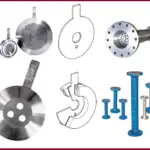
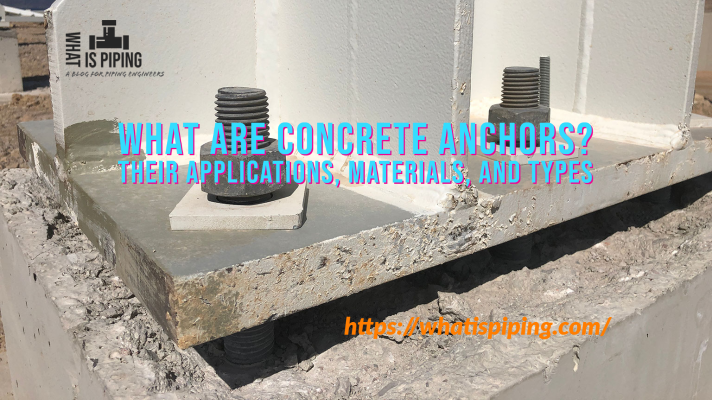

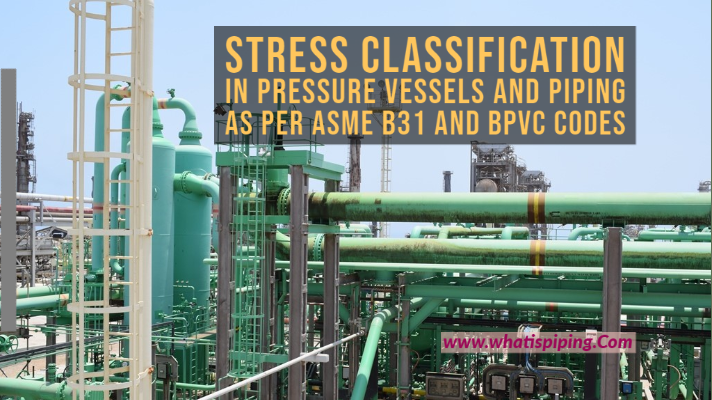
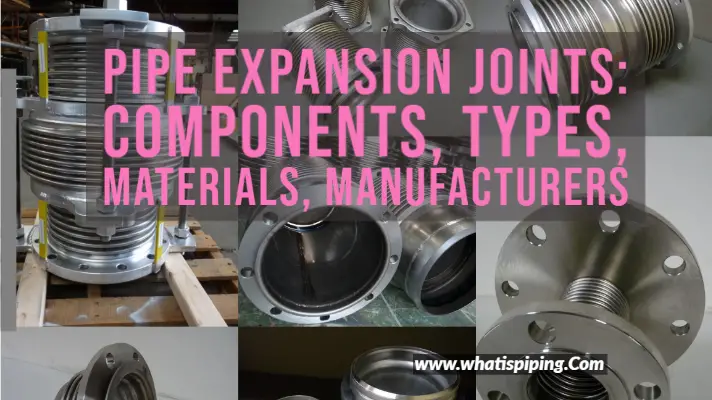

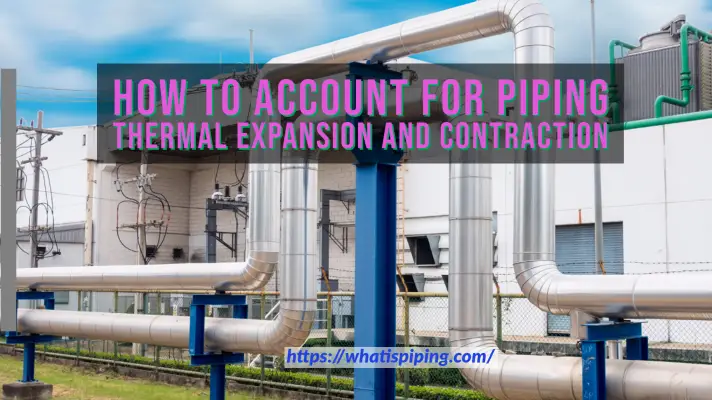
I assume the disaster in southern California’s oil spill involves design loads that address anchor draging, yes? Please share what needs to be done in future to prevent such disasters from occurring again.
Hi Anup,
Trust you are well. I read through your article, and it was quite informative. I am working in a precast concrete manufacturing plant. We are having a challenge that our anchors are moving off position in the dry cast process. Do you perhaps have any solution to have these anchors fixed in their position during the dry casting process?
Hi Anup sir,
I Have a doubts in trunnion supports, in that support I want know about vertical slide trunnion & vertical anchor trunnion & horizontal trunnion supports. I request please explain these types of supports.